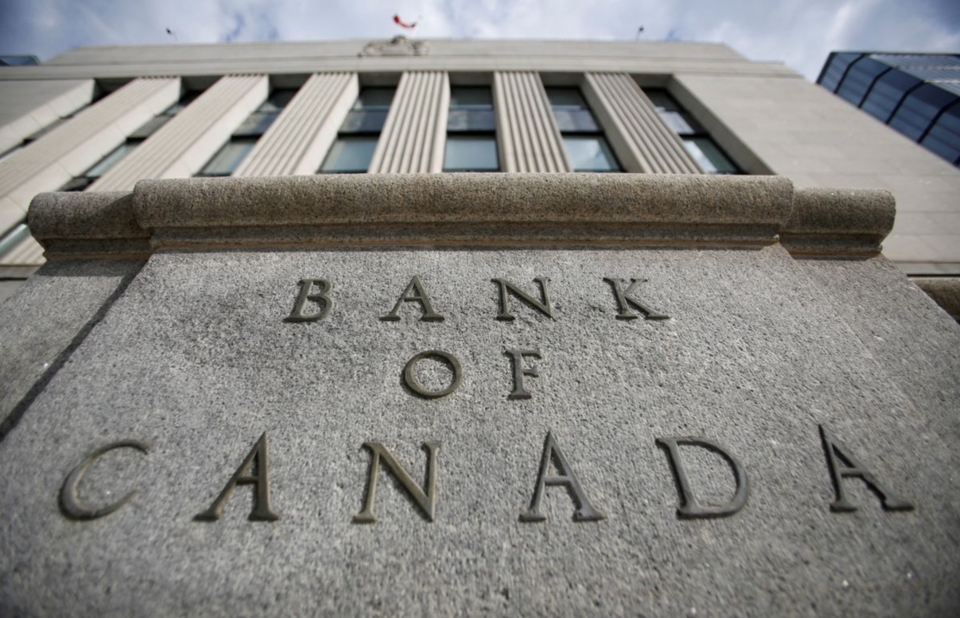The Bank of Canada (BOC) raised its key overnight lending rate March 2 by .25 basis points to 0.50 per cent, the first time the rate has increased since 2018 and the first time it has been above 0.25 per cent in two years.
The Bank of Canada's rate affects the rates that Canadian consumers get on mortgages, lines of credit and savings accounts at their own banks.
This increase is the first of a series of anticipated hikes that some analysts believe could see the overnight rate rise by 175 basis points by the end of 2022 as the BOC attempts to control a rise in inflation, which increased to 5.1 per cent in January.
In a statement, the BOC cautioned that “inflation is now expected to be higher in the near term than projected in January. The Bank will use its monetary policy tools to return inflation to the 2 per cent target.
“Economic growth in Canada was very strong in the fourth quarter of last year at 6.7 per cent. This is stronger than the Bank's projection and confirms its view that economic slack has been absorbed,” according to the statement.
The statement added that the ‘housing market activity is more elevated, adding further pressure to house prices "
In Greater Vancouver, as one example, housing sales in February soared to 3,424 transactions, up nearly 50 per cent from a month earlier and 8.1 per cent above the pace in February 2021, according to the Real Estate Board of Greater Vancouver.
Mortgage lenders note that lending rates remain near historic lows and the modest BOC increase may not have much effect on buyer demand,
“The thing to remember is that [most] homeowners had qualified at a much higher rate when they originally took on their mortgages,” said Sung Lee, a mortgage broker with Rates.ca.
“Many variable-rate mortgages, which are directly affected by overnight rate increases, have an interest rate of below 2 per cent. Even a rise of 175 basis points over the course of the next eight months, a variable-rate mortgage of 2 per cent would only rise to 3.75 per cent, well below the rate that they qualified at.”
According to Equifax, as of Q3 2021, the average mortgage amount in Canada is $371,584. For a homeowner carrying a variable-rate mortgage of 1.5 per cent with a 25-year amortization, the monthly mortgage payment would be $1,485. A rise of 175 basis points would increase the rate to 3.25 per cent, making monthly payments $1,807, a difference of $322 per month.
At the qualifying rate of 5.25 per cent, required under the federal mortgage stress test, monthly payments would be $2,214, or $729 more per month than the original rate of 1.5 per cent.
Sherry Cooper, chief economist with Dominion Lending Centres, which has mortgage brokerage offices across Canada, expects another 0.25 per cent BOC rate increase on April 3.
“The increased uncertainty and volatility arising from the war in Ukraine is front of mind worldwide,” Cooper said, calling the BOC’s gradual rate increases, “a prudent move in the face of geopolitical uncertainty.”



